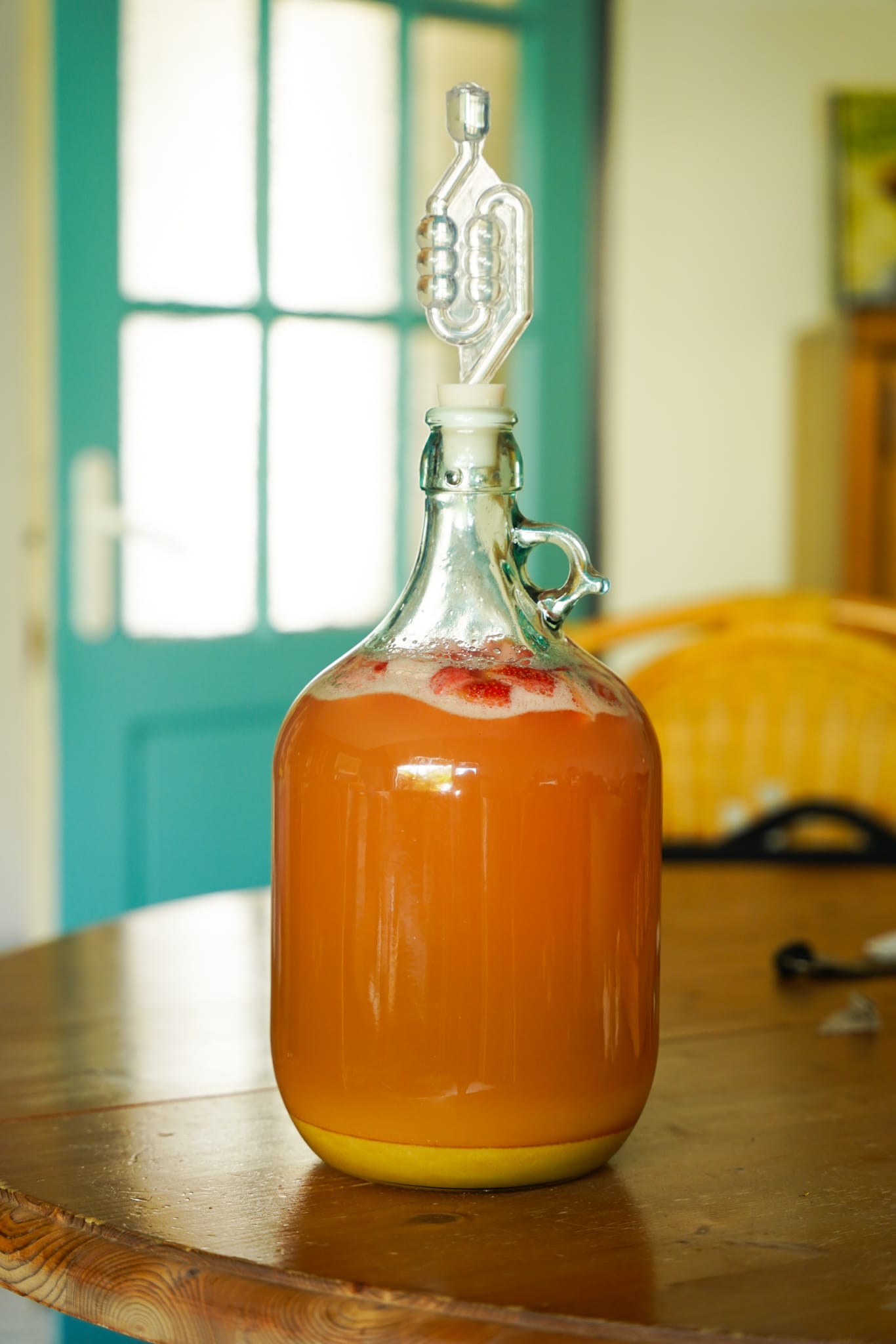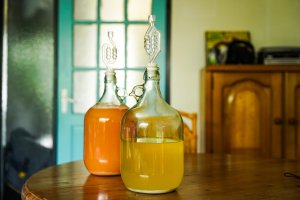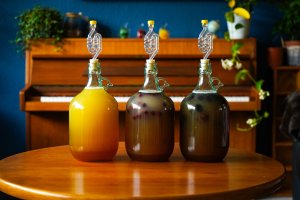tl;dr you probably don't need sulfites for your first batches which will likely get consumed soon. you probably want to get a pH meter soon if you're going to stick with the hobby.
Here's the deal with sulfites, partially already detailed by earlier posts but with some additional bits:
They a) inhibit (+) wild yeast and bacteria b) act as antioxidants. You use them in the capacity of "a" either before fermentation, or when adding sorbates shortly before packaging, or to generally inhibit post-fermentation microbial activity. If you add them before fermentation, which is to give your yeast of choice a head-start, you typically allow a day or so before pitching yeast so that the sulfites have time to bind or offgas and not inhibit your yeast. Sacch. C. is not particularly vulnerable to sulfites, but your fermentation may have a long lagtime if you pitch into a sulfite soup.
+) they might kill some too, but you can *NOT* rely on sulfites to get a microbially clean slate
If you want to play it really safe, you can add pre-fermentation sulfites to your mead, but I prefer a healthy pitch of ready-to-rock yeast, because you need a healthy pitch anyway. That way, I don't have to get the pH spot-on at this stage (cf. bit about acids towards the end of the post).
Also, important: sulfites [alone] do *NOT* reliably prevent alcoholic fermentation (backsweetening implications).
For "b", if you don't plan to consume your mead within a year or two, you probably want to add some sulfites some months after all fermentation is done and the product racked, so as to offer additional protection from oxygen. You can add tannins to partially the safe effect ... and frankly a mead without some amount of tannin is likely going to taste thin, so you might as well anyway.
Then there's the deal of how your sulfite addition depends on the pH and how you need to maintain the sulfite level -- it gets "consumed" e.g. during racking -- but that's more important for things like some wines where you really want it to not undergo some forms of bacterial fermentation after alcoholic fermentation is done.
However, if you add post-fermentation sulfites, you *should* measure the pH, or add them little-by-little, because the pH does have a huge impact on what concentration you start to smell sulfur at (just-struck match smell), and you don't want your mead to smell like sulfur. To put a figure on "huge", the amount of metabisulfite you need to add for the same effect as a function of pH varies by more than a factor of five in the typical wine pH range (e.g. 1g vs. >5g). If you add too much, you can oxidize the sulfites out, but it's easier to just avoid the problem.
Also, acid is a tricky topic. If you're not pitching your yeast immediately (which generally drops the pH), you might want to add some acid to improve the keeping properties of your must. However, you also generally need to add bases during mead fermentation to prevent the pH from crashing too low, so it's a bit of a juggling act. The problem with mead recipes is that they don't usually (ever?) specify the water, and without specifying the water it's anyone's guess what happens to the pH during fermentation and how much acid or base you need to add to keep the pH where it needs to be. So, if you're going to stick with mead-making and want to take the guesswork from stalled/sluggish/unhealthy fermentations out, get a pH meter. In my *opinion*, pH is the most important measurement in post-neophyte meadmaking. I'm sure there are other opinions out there, but my rationale is the following: you can calculate or taste anything else to a reasonable-enough degree for non-commercial purposes, but you can't calculate or taste pH, and the pH plays a huge role in fermentation health and the keeping properties of your mead.
Good luck. If all of the above didn't make sense now, maybe it'll make more sense in a few months when you have more experience/knowledge and prepare for your next batches.







